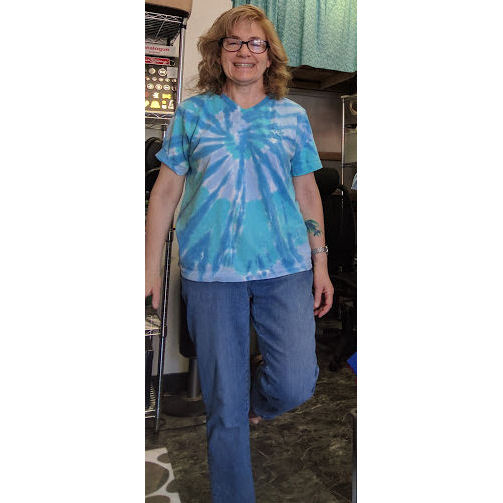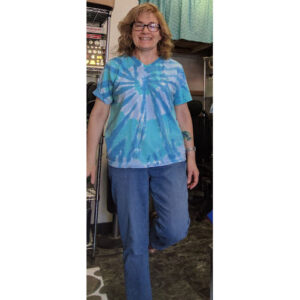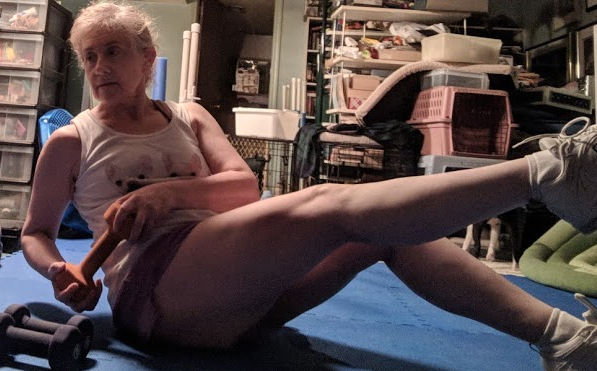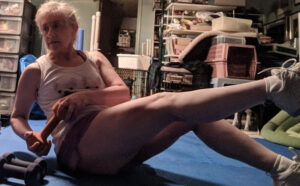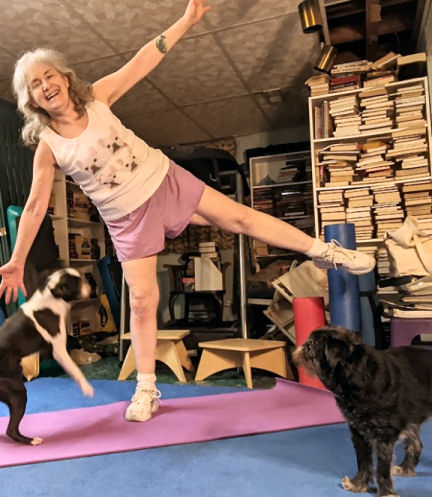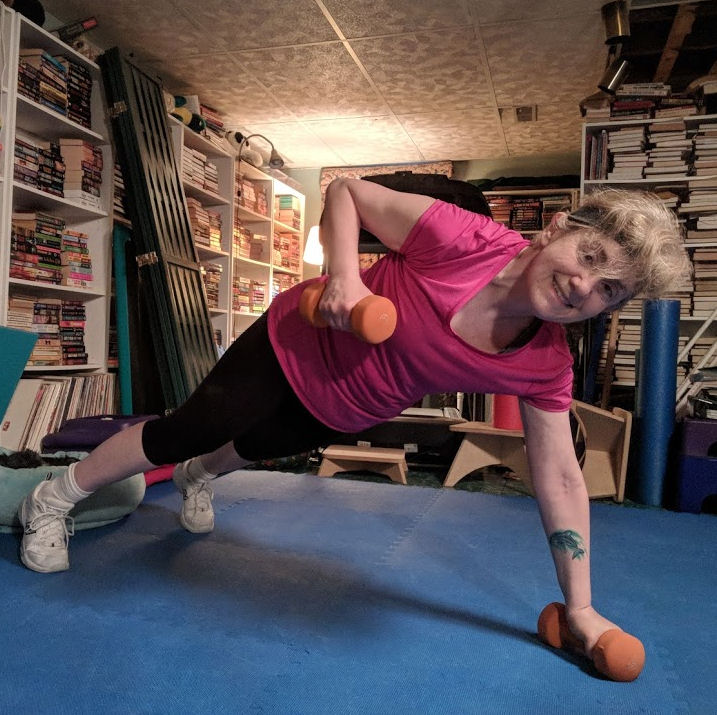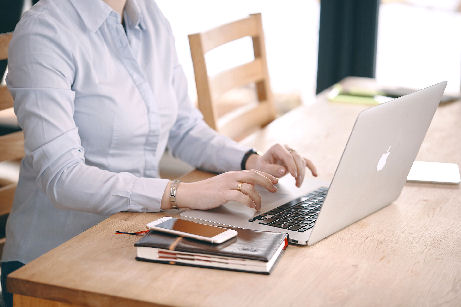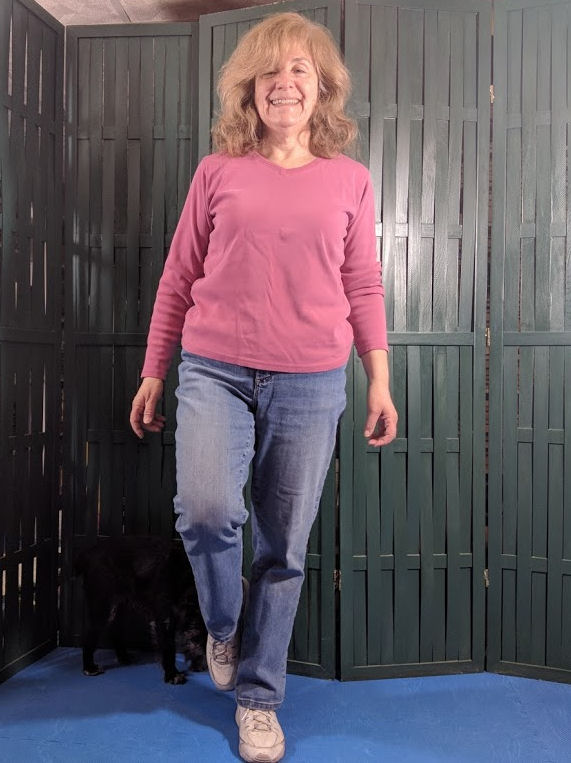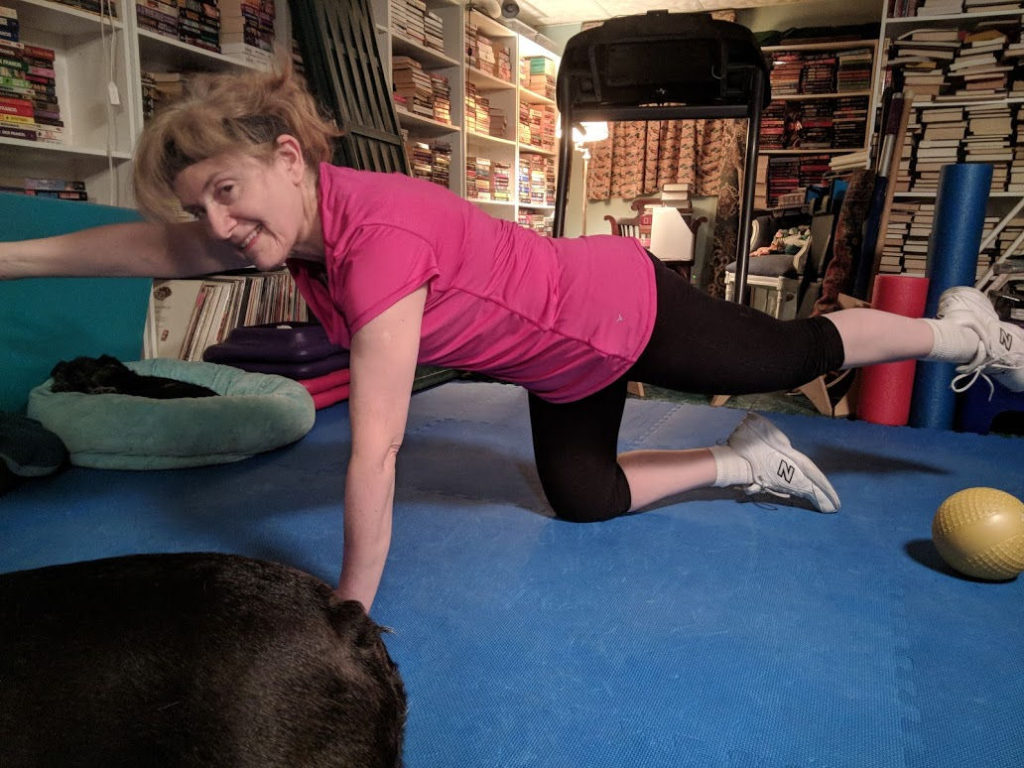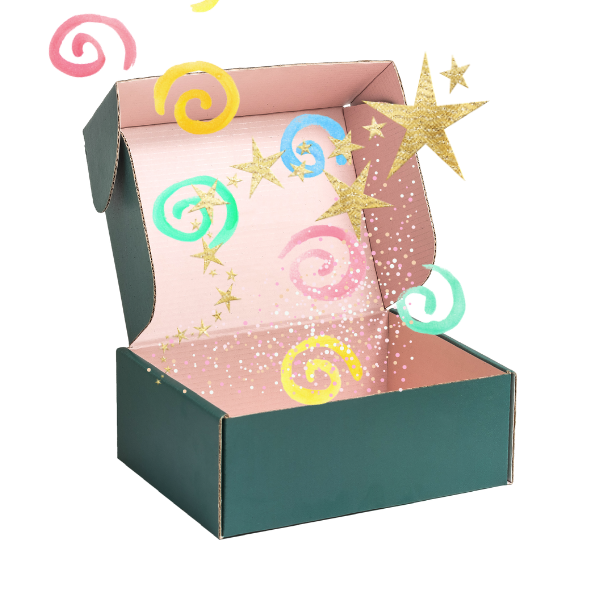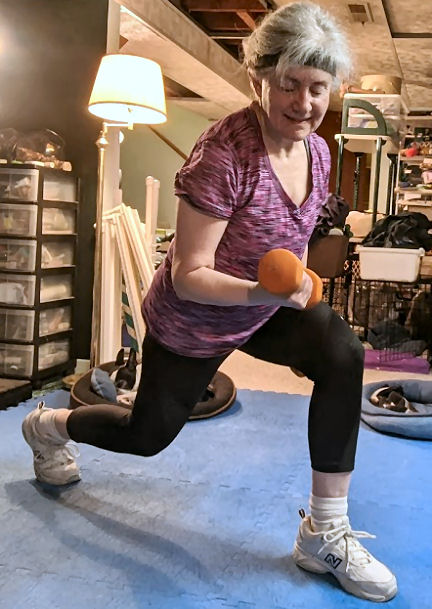I’ve got to admire Al Roker. He’s looking great these days, and this month he’s focusing on improving his balance while he walks. In the clip on the Today show, he merely said he wanted to improve his balance, so that’s the focus of their February challenge. Stephanie Mansour, the fitness consultant for Today, has put together a month-long challenge for members of the show’s “Start TODAY” 100-day challenge that will combine balance, walking and core work. The show’s website provides a calendar that indicates the kind of work to do on any given day – walk, balance or core.
We use balance in everyday movements
Mansour emphasizes the importance of balance in overall stability because we use it for things we don’t even think of every day – like getting up from a chair or picking something up off the floor. With better balance, we don’t even think of movements like this. But if our balance is weak, then, for example, we’d think twice about picking that piece of paper up. And it would take at least twice as long to brace ourselves to get out of a chair. Mansour includes core work in this challenge because strong core muscles lead to stronger balance. Our core helps our posture, our breathing, and our ability to move.
We know that balance is crucial for our healthy aging. Without our working to maintain it, our balance erodes over time. But, we can do something about it. Al Roker recognizes this. We can work to improve our balance with simple exercises. The “Your Week of Core-Centered Balance Moves” Guide gives you some of the exercises that will help.
Some Balance Moves
The recommended exercises highlighted in the Facebook group Balance for Fitness, Balance for Life, are just that – recommendations. They’re not the only ones that will help to improve your balance. Mansour highlights other, probably more advanced, balance exercises. She includes the yoga “Tree” pose, Plank Shoulder Taps, and “Warrior III.” The Plank Shoulder Taps combines core and balance, where you tap alternating shoulders while you’re in Plank position. Warrior III is another balance move that’s quite challenging. There’s also a move that Mansour calls the “Balance Beam Walk,” that’s like Inline Walking, but balancing a book on your head. Again, it combines balance, walking and core.
More Core Moves
Of course Mansour highlights “Plank” as a good core strengthener. Others exercises in the Today challenge include “Bird Dog” (raising opposite arm and leg, alternating) and “Dead Bug” (Lying on your back with arms stretched up and legs lifted, bent at a 90-degree angle. Touch the opposite knee with your hand and go back to the original position.).
Get into the balancing act! You’ll work everything – and combine balance, walking and core.

